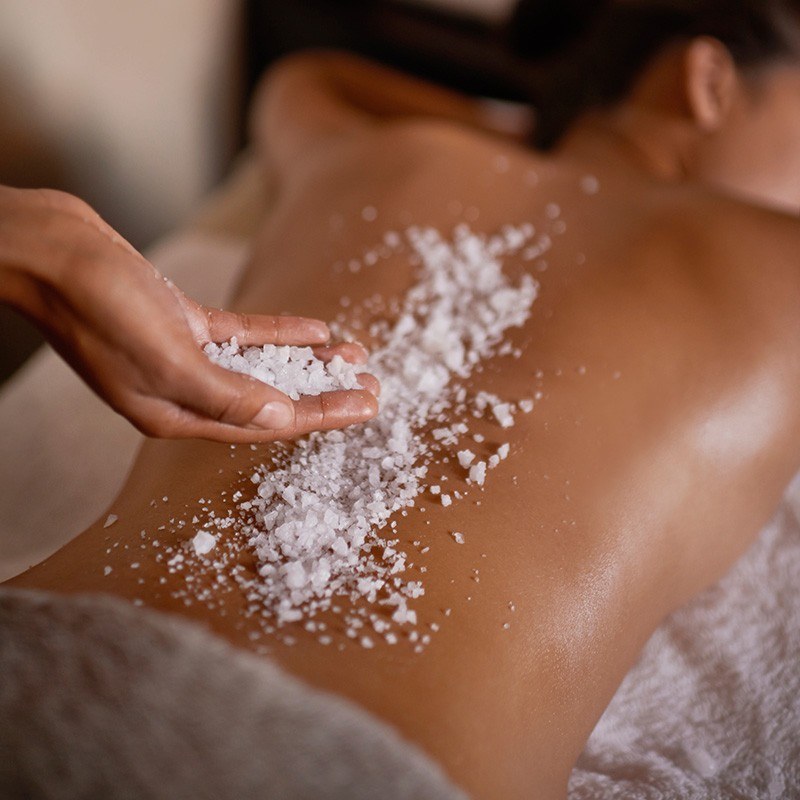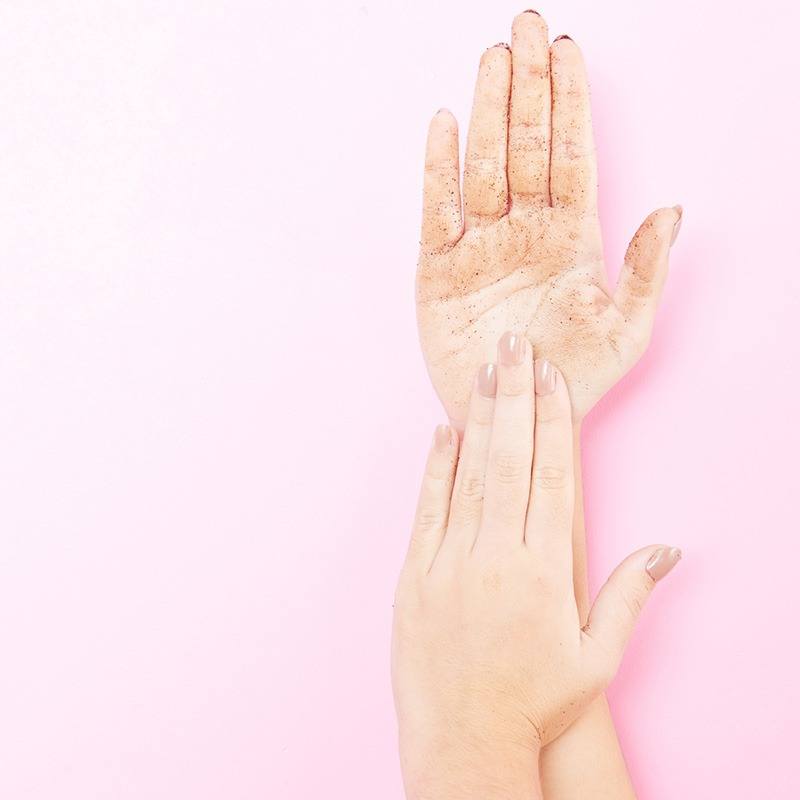Want to know the first rule to think about before waxing body hair?
Exfoliation
Exfoliating has always been such an important part of our skincare routine, especially when it comes time to wax. However it can be a step we easily skip.
A well-timed exfoliation scrub has plenty of benefits.
It removes dead skin cells and dirt off the skin, clearing the way for the wax to really grip the unwanted hair and remove it effectively and thoroughly. One of the key benefits to removing dead skin cells that block the hair follicle is that it helps prevent ingrown hairs from appearing.

Exfoliation also leaves you with smoother-than-smooth skin enhancing its natural glow as it boosts circulation and supports cell regeneration. Exfoliation has also proven to lighten up dark spots, improving skin tone and appearance. The skin cells on the surface of the skin are the oldest or the most exposed to the sun, hence why they may create darker spots on your body or face. Getting rid of those top dead cells will lighten those dark spots.
There’s nothing new about the concept of exfoliation. Ancient Egyptians were wise to its benefits, with Cleopatra and her crew using abrasive masks before waxing with a homemade mixture made from beeswax. Meanwhile in Europe in the Middle Ages the exfoliant of choice among medieval beauty buffs was tartaric acid found in wine. Today, it’s much better (and easier) to grab your favourite exfoliant and save your wine for Friday night!
There are two types of exfoliation you need to know about: mechanical and chemical. Mechanical exfoliation is a the physical process of scrubbing skin with an abrasive, like adhesive exfoliation sheets, crushed apricot kernel, sugar, salt, pumice or a loofah. Chemical exfoliation uses ingredients like salicylic acid, alpha hydroxy acids (AHAs), beta hydroxy acids (BHAs), or enzymes to act on the stratum corneum, or the outer layer of dead skin cells.
Here are three things to remember when exfoliating to prevent ingrown hairs:
- Don’t use microbeads. The planet’s oceans will thank you.
- Exfoliate BEFORE waxing, not after a wax when your skin will be sensitive.
- Sunburnt? Forget it. Don’t exfoliate irritated skin.
Also, if you’re tanning for summer, exfoliating and waxing prior to applying a tan will ensure a smoother, streak-free golden glow so be sure to include both in your skin-care routine!

